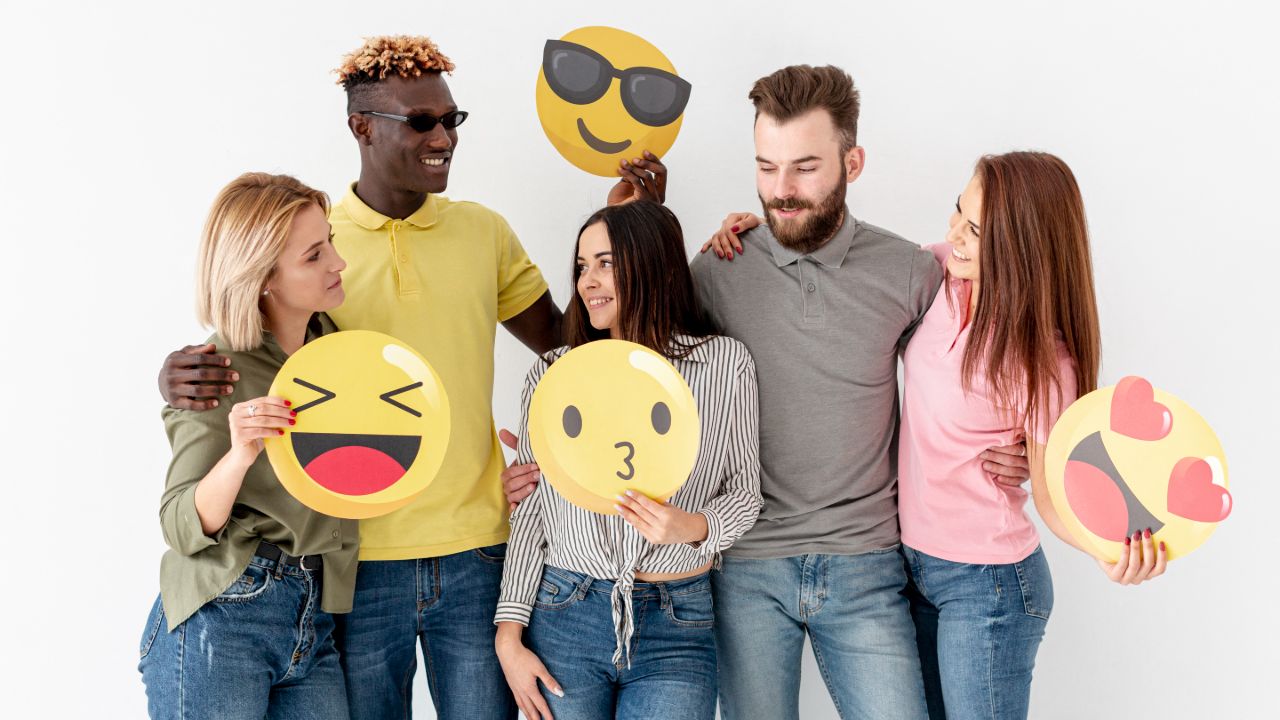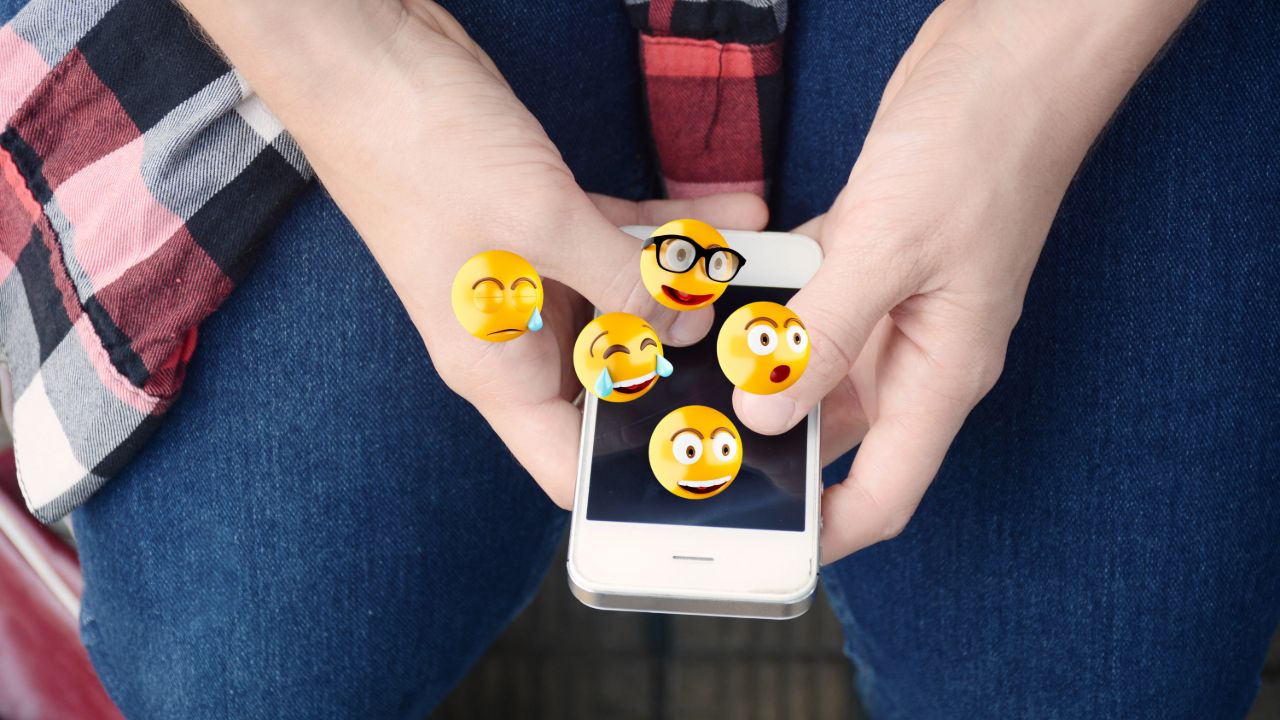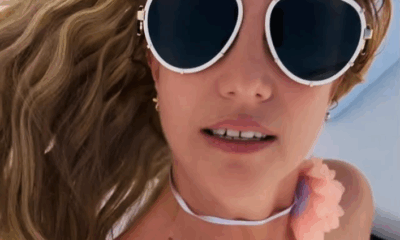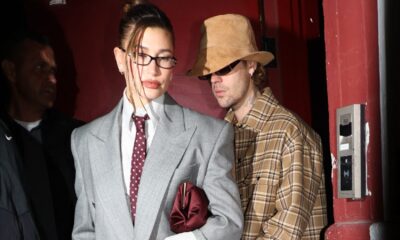Celebrity News
Lost in Digital Translation: The Hidden Meanings Behind Emojis That Are Dividing the Generations
-
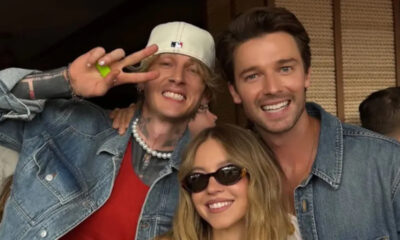
 Celebrity News1 week ago
Celebrity News1 week agoMegan Fox Urged to Not Give Baby Daddy Machine Gun Kelly a Second Chance Following Flirty Outing
-

 Celebrity News1 week ago
Celebrity News1 week agoSherri Shepherd’s Executive Producer Under Fire After Begging Fans To Send Money For His Mom’s Birthday
-
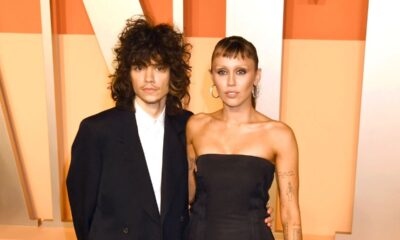
 Celebrity News1 week ago
Celebrity News1 week agoMiley Cyrus’ Boyfriend Maxx Morando Believes the Singer ‘Hasn’t Fully Let Go’ of Ex Liam Hemsworth
-
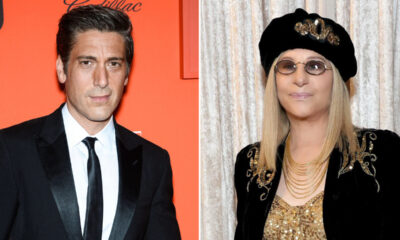
 Celebrity News1 week ago
Celebrity News1 week agoDavid Muir Stuns Staffers By Prioritizing Barbra Streisand’s Duets Album Over Major Headlines on ‘World News Tonight’
-
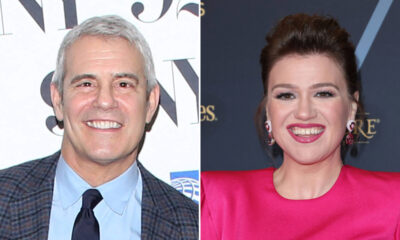
 Celebrity News1 week ago
Celebrity News1 week agoAndy Cohen Makes His Move As Kelly Clarkson Contemplates Daytime Talk Show Exit
-

 Celebrity News1 week ago
Celebrity News1 week agoSimon Cowell Admits He Turned Down ‘A Lot of Money’ By Refusing to Judge a Couple’s Unusual Proposition
-

 News1 week ago
News1 week agoHow One of America’s Most Secure Nuclear Labs Ended Up Facing Nearly Two Dozen Security Breaches
-

 Celebrity News1 week ago
Celebrity News1 week agoGolf Legend Greg Norman Talks Cheating Death After His Windshield Shattered During Private Flight
-
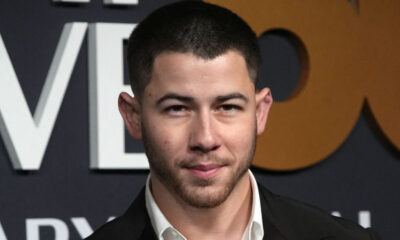
 Celebrity News1 week ago
Celebrity News1 week agoNick Jonas’ Broadway Struggles Mount As ‘The Last Five Years’ Gets Lukewarm Reviews
-

 News1 week ago
News1 week agoFrom Chicago to the Vatican: Pope Leo XIV’s Brothers and Classmate Dish on His Holiness’ Early Days
-

 Celebrity News7 days ago
Celebrity News7 days agoHollywood Hookups: Tyler Henry Weds, Cardi B Scores With Stefon Diggs & Sean Murray’s Marriage Ends
-

 Celebrity News7 days ago
Celebrity News7 days agoNews Flash: Morgan Wallen’s Exit Explained, Kendra Wilkinson’s Playboy Confession and More

